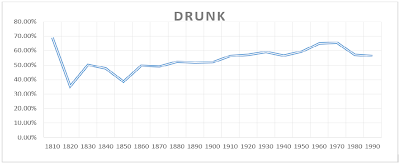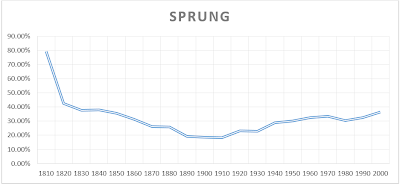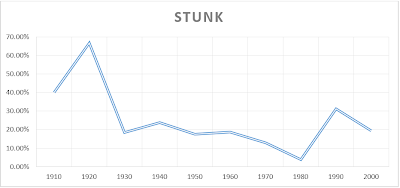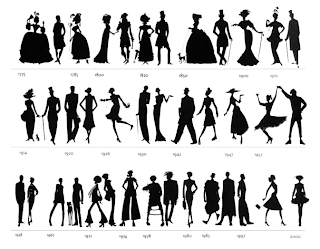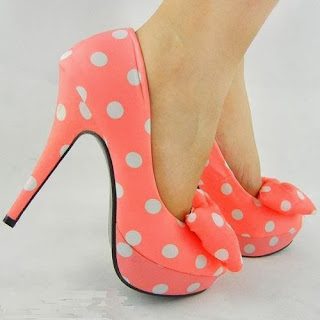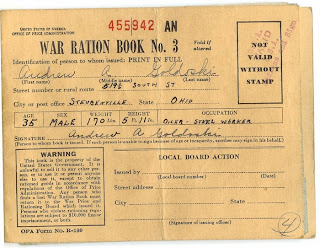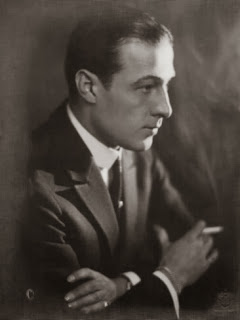On the Battlefront
World War Two brought about great change in the world. It created a super power in the United States, took women out of the homes and into the workplace. It even helped create and popularize many different words in the American language.
Nazi (
Coha Google) The term Nazi comes as shortened version of National Socialism (or Nationalsozialismus for those who speak German.) It was the party that helped bring Hitler to power.
Coha shows slight use of the word before World War Two (one use looks like it was a mistype since it talks about the Korean War in 1894). Google books shows something similar, while those earlier examples show Nazi being a name.
D-Day (
Coha Google) D-Day is in relation to the landings in Normady by the Allied troops. There is a lot of debate as to what the 'D' means, but many believe it comes from the militaristic use in H-Hour and D-Day. Many people use it now as a term for when a deadline of some sort is due.
Coha shows that the use of D-Day very high in the 1940s, but even higher in 2000s. The examples show that a lot of the examples are in relation back to the historical day. Google books shows a very minimal amount of use in the 40s, and gives the highest use in the 1990s and 2000s. When looking into it it shows that there have been a lot of books written lately about World War Two.
GI (
Coha Google) GI is an acronym meaning Government Issue. This term came to mean not only those things given to soldiers by the government, but for the soldiers themselves. It became so popular that a famous American Cartoon Hero became known by the name G.I. Joe.
Coha shows a little use before the 1940s, a huge jump during that decade, and then finally a decrease after that. Google shows the same little use before the 40s, but actually shows an increase after that time, a lot of examples coming from military benefits (i.e. GI Bill).
Allies (
Coha Google) An ally is someone who stands by you, who has the same beliefs you do. During the First War and the Second, the United States and those countries who stood with us became known as the Allied Forces. (That search didn't show much, so I searched for the word allies).
Coha showed similar usage during both the Second and First World Wars. Google Books put a higher usage during the First War then the second, but there is still a high use in the 40s.
Occupied Country (
Coha Google) Many countries were occupied by Nazi soldiers, and under German rule. The word occupy has been around for many years, but putting it with countries was popularized in the 1940s.
Coha had a high use of this word before World War 2, but gave the 40s the highest use of the word. A lot of the examples used before the War were about historical events. Google Books actually shows little to no use before WWII and then a jump in WWII. What's interesting is there is a high use in the 1980s, and examples show that it's talking about Russian Occupied Afghanistan.
United Nations (
Coha Google) The UN crowds a major part of the media today, but wasn't started until after WWII. It was created to help keep the peace around the world, and under the belief that the world would not survive a third world war.
Coha shows use of this start to grow during the 1940s, but the highest usage in the 1950s. Google Books shows a very similar trend, but peaks the word during the 1960s.
Civilian Life
Not all changes happened overseas in the battlefields. The war produced many changes in the lifestyle of the Americans who were left at home.Different words were brought about and popularized during this time to help describe those new changes.
Coupons (
Coha Google) These weren't introduced in the 1940s, but they became popular during this time. They were used to help regulate rations during the war
Coha shows some use from the 1800s-1920, but has a huge increase in the 1940s. Google Books shows a higher increase in the 1920s.
Ration (Coha Google) Rationing is described as when you control resources that are scarce. The United States didn't need to ration during the first World War, but saw a definite need during the Second. Many people were given rationing stamps that they had to register for in order to get the food and supplies tey needed.
Coha shows minimal use for the word during all the decades except for the 40s, where it has a huge increase. Google Books shows a wider variety of use during the years, but does have the 40s as the highest usage.
Scrap (
Coha Google) With many people needed to ration the use of their resources, we resorted to using scraps. Scrap metal was huge, being used to help create the military vehicles needed to help win the war.
Coha shows an increase of use up to the 40s, instead of just a sudden increase like some of the other words. Google Books shows the same increase up to and decrease away from the 40s.
Factories (
Coha Google) Factories were started in the industrial revolution. The work needed to help keep us winning the war brought a lot more people to those factories.
Coha shows another steady increase of this word until the 40s. (This makes me wonder if the word would've become popular even if the war hadn't happened). Google Books shows the increase up to the 20s, a slight decrease in the 30s, and then back up to the 40s.
Civilians (
Coha Google) There have always been civilians, or those who aren't fighting in the military, but the definition became extremely apparent in the 40s. More young men were fighting in the war, the first oen to use the newly instated draft, and there were even some who wished they had stayed civilians.
Coha shows a steady use of the word civilian until the 40s, where there was a huge increase. It shows a higher steady use during the time after WWII. Google Books shows a slow increase of this word, until it shoots up during the 40s. It shows another high increase during the 2000s, which could be because of the increase of use during the War on Terror.
Evauate (
Coha Google) America wasn't the only country to be hit with changes during the war. Britain was an allied nation that was probably the one nation that got hit the most. To help keep it's civilians safe, the British government evacuated it's civilians (in particular it's children) to the country to keep them safe from air raids.
Coha shows the use of evacuate as being up and down, with a high increase in the 40s. After the 40s it continues a high up and down use, but higher than it was before. Google Books actually shows a decrease throughout the years, which counters what coha was saying.
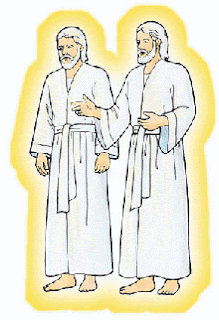

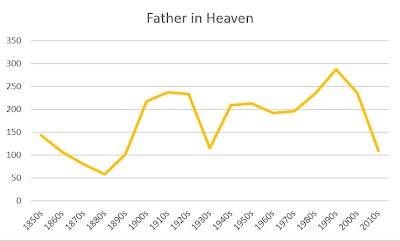
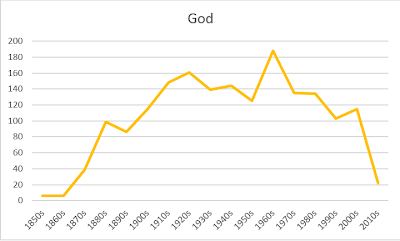
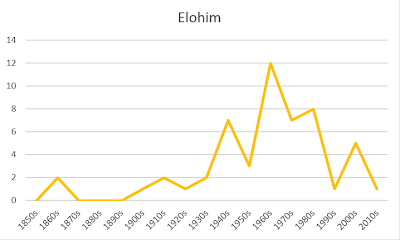

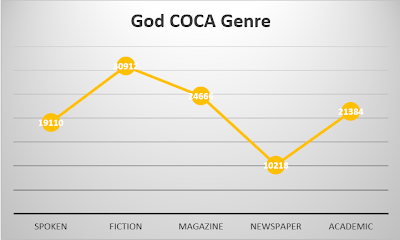
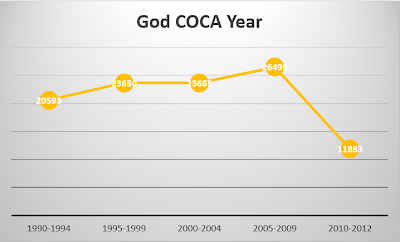
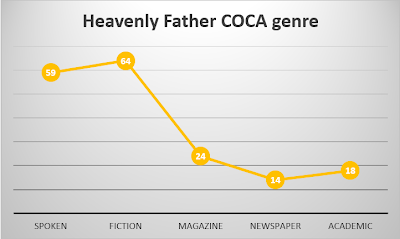

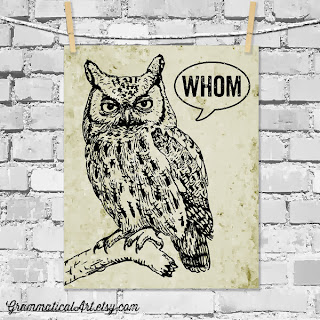
.png)
.png)
.png)
.png)
.png)
.png)
.png)
.png)

